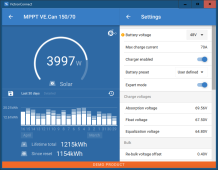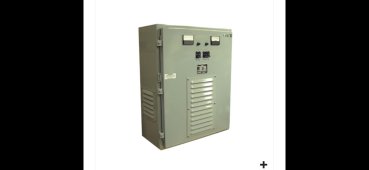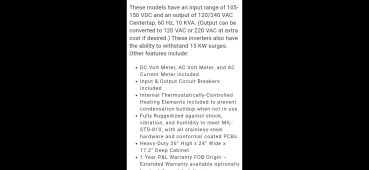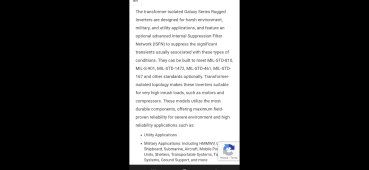Voltage vs. SoC vs. Wh is not linear. You can't multiply an arbitrary target voltage by Ah to get Wh.
The only valid way to compute Wh is using
nominal voltage, which is 3.2V/cell.
18S * 3.2V * 260Ah = 14.976kWh - this is the calculated TOTAL rated kWh capacity of your battery. You can't get more out of it.
LFP has a nominal voltage of 3.2V.
Your 18S battery @ 59.4V nominal suggests 3.3V. Some references put LFP at 3.3V, but almost no battery manufacturers list it that way.
4S = 12.8V for 12V systems = 3.2V nominal per cell.
16S = 51.2V for 48V systems = 3.2V nominal per cell.
Going to assume your battery is actually 3.2V and 57.6V nominal.
You have to look at the charge voltage at peak. In the prior post, charging a LFP cell to 3.2V will barely put anything into it. Charging it to 3.30-3.35V will get somewhere around 30-40% into it.
62V / 18S = 3.444V/Cell. It is possible with a long absorption period to get LFP batteries to near 100% @ 3.45V/cell. I would expect if you had most of the day to "trickle" the battery at 3.444V/cell (62V), you could get to more than 95% SoC.
I would be concerned about any hazards associated with hitting the peak voltage of the unit on a daily basis.
Just throwing it out there in case you're made of money... Victron 48V inverters run to 66V, and their MPPT can run to 69.5V










